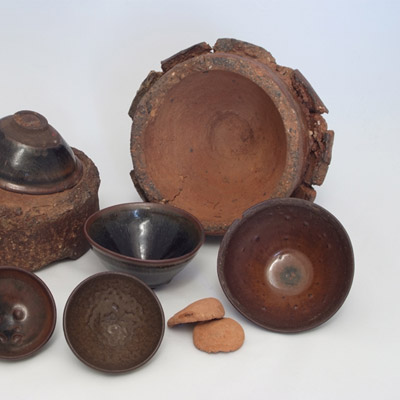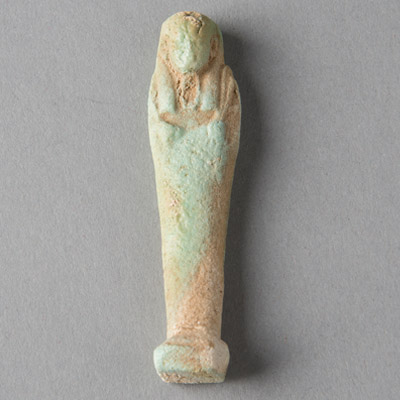Failed Perfection
"Ever tried. Ever failed. No matter. Try again. Fail again. Fail better." (Samuel Beckett, Westward Ho, 1983)
What can we learn from failure? A great deal. The objects in this section are, mainly, failures. Most failed at the time of production. They were victims of inadequate preparation, random gusts of wind, or a careless slip of the hand.
For many, production flaws rendered them unusable and they were discarded. For others, the flaws mattered far less. Coins could still be exchanged even if their main image was off center. Warped ushabti figures could still accompany the dead.
Did ancient artisans see beauty in failure? Or—more likely—did they grumble when they realized their hard work had not yielded its desired results? Whichever the case, failures led artists and craftspeople to make new discoveries, improve production techniques, and gain better control over raw materials, tools, and facilities.
Archaeologists also learn from studying imperfect objects. Failed objects capture a moment when things did not go as planned. They allow us to witness ancient experiments, track technological innovations, and understand acceptable loss in early mass production. They let us see the products of learners and skilled and less skilled laborers. And, sometimes, their failed perfection yields charm, humor, and great beauty.





